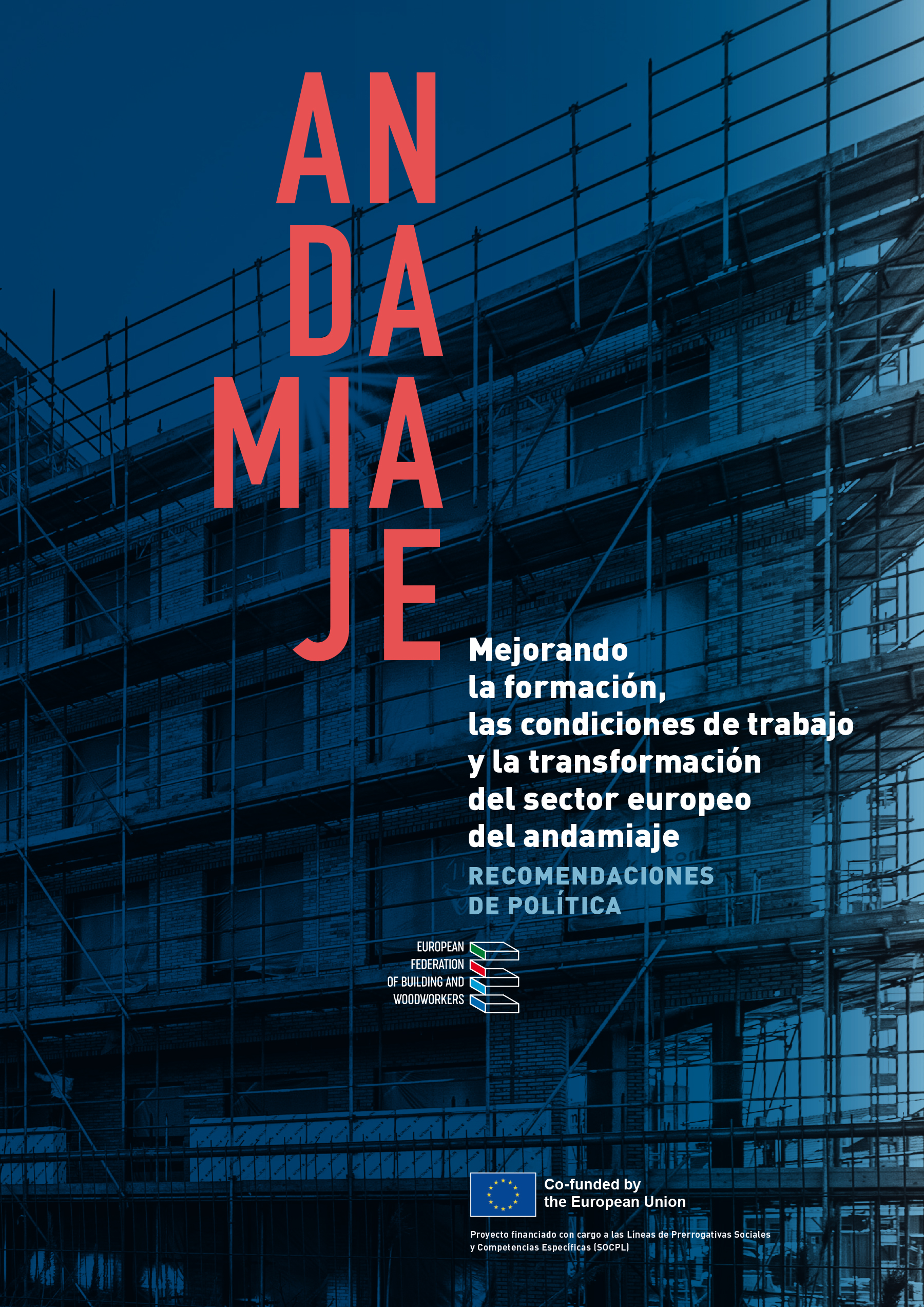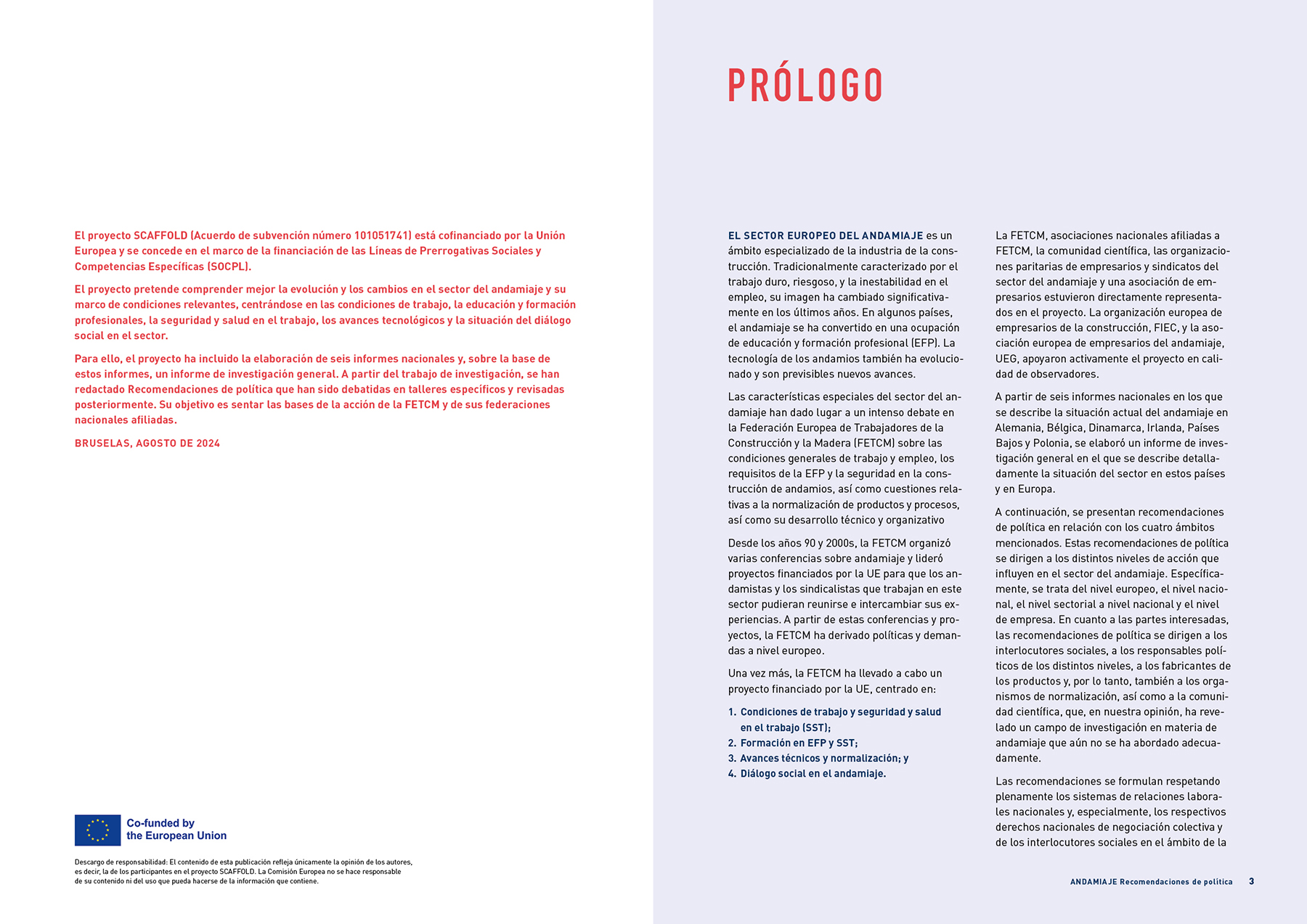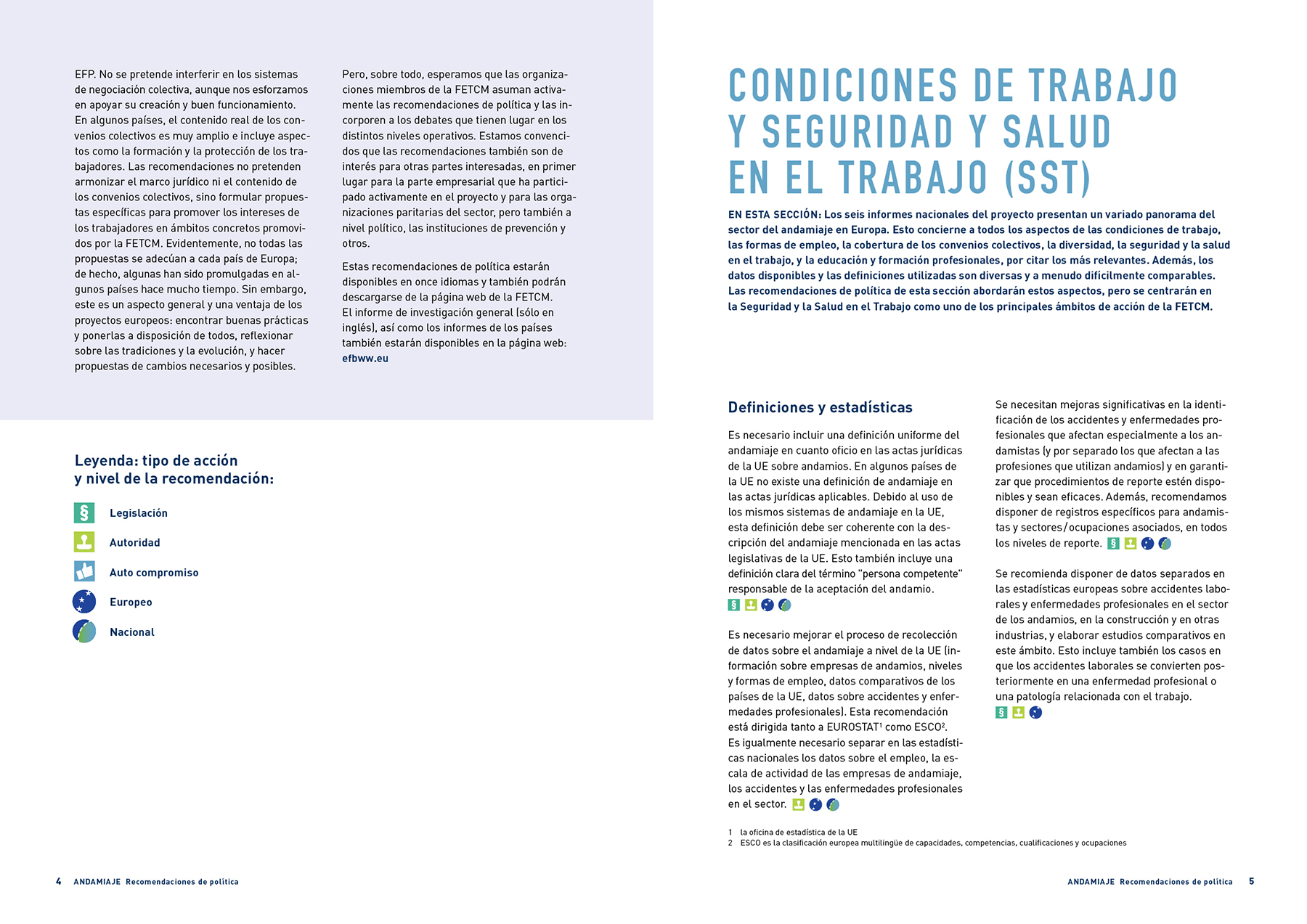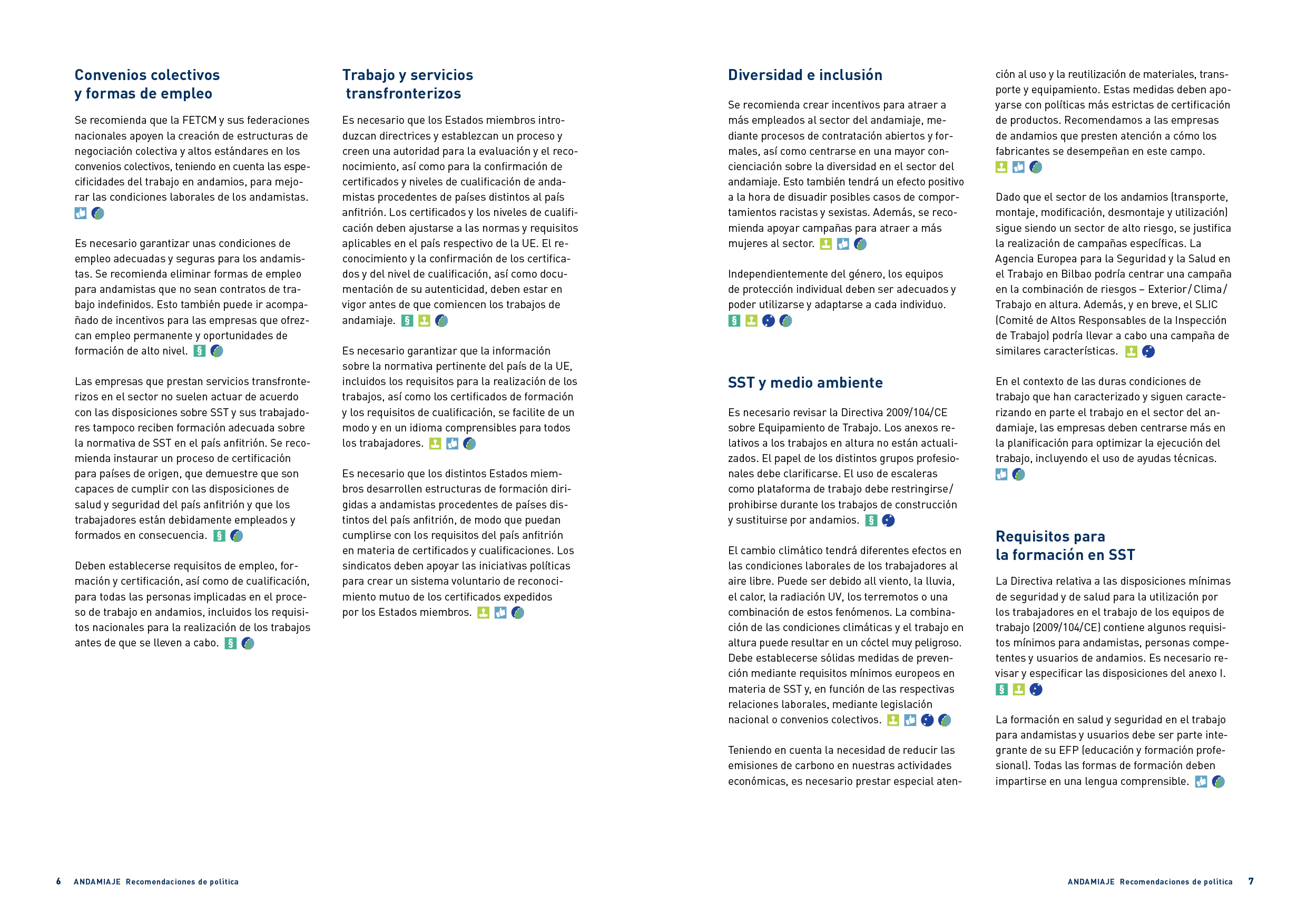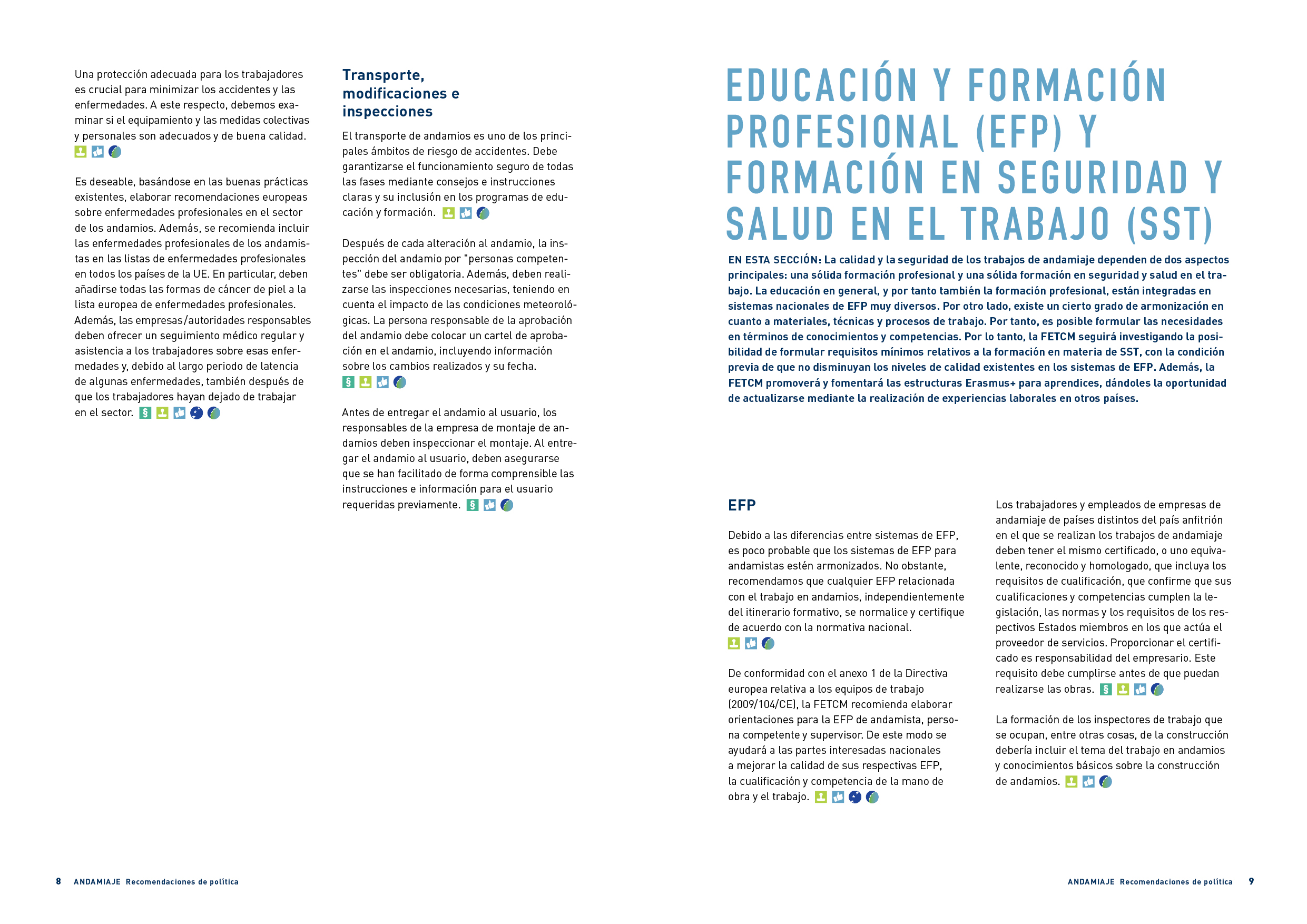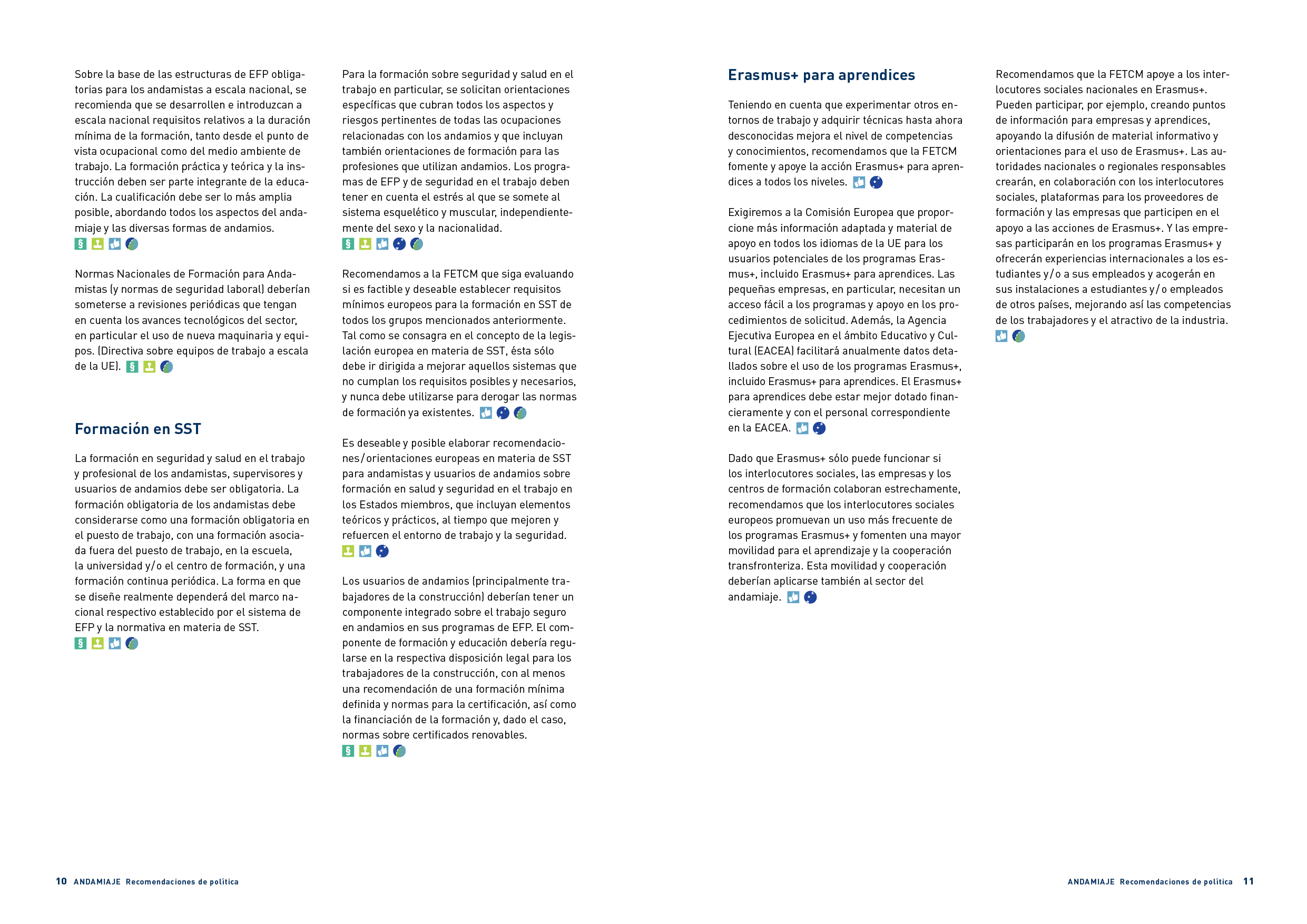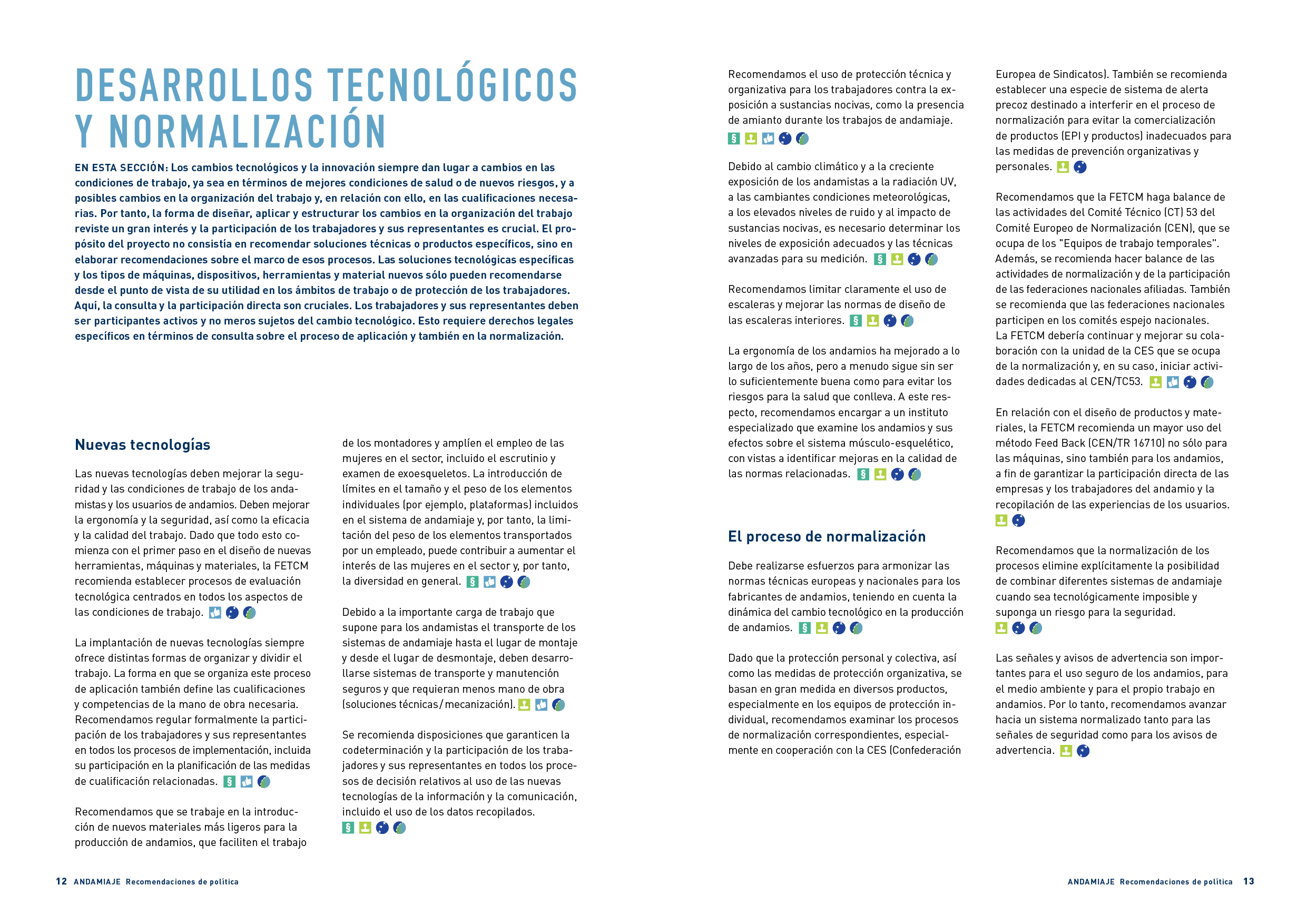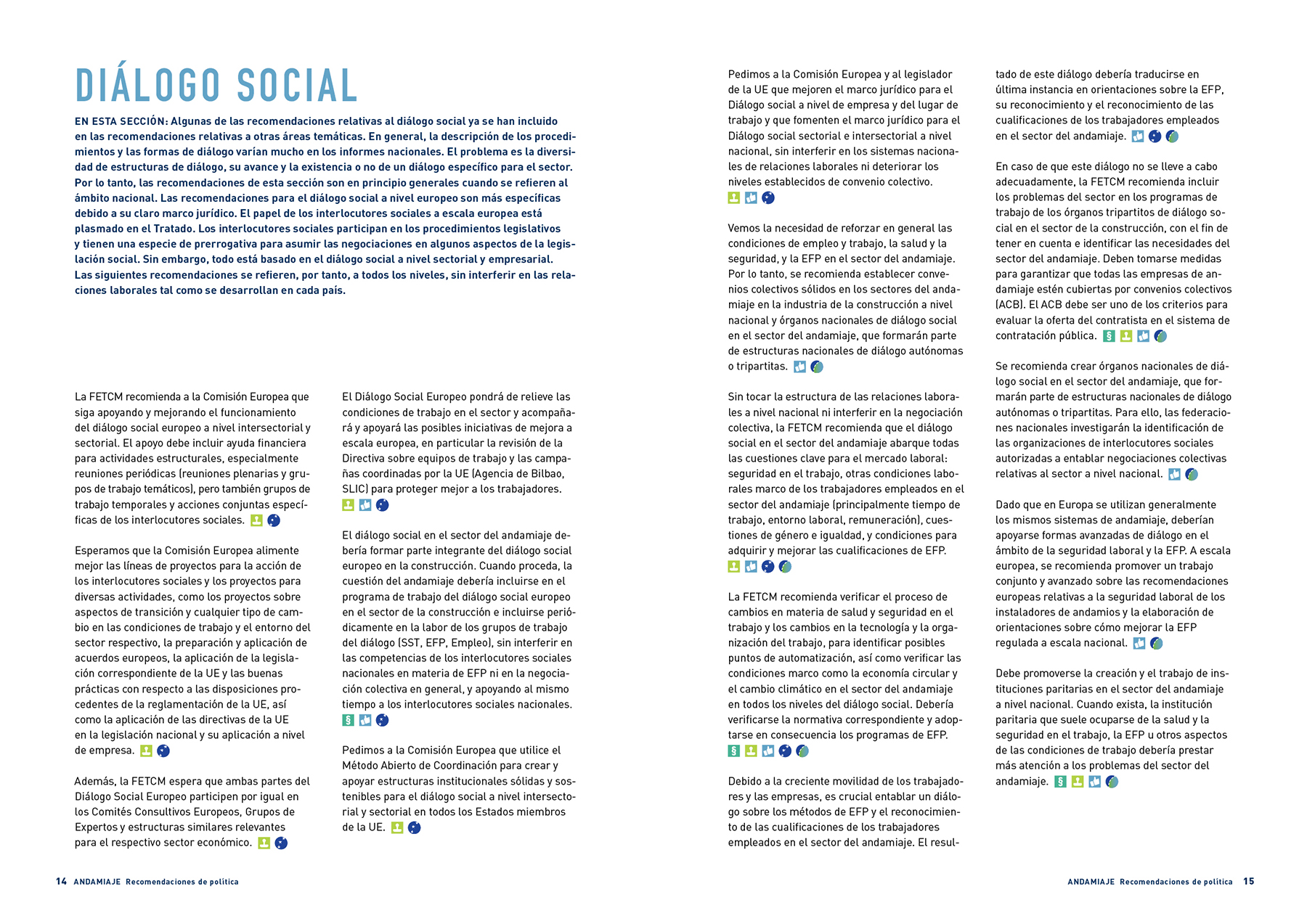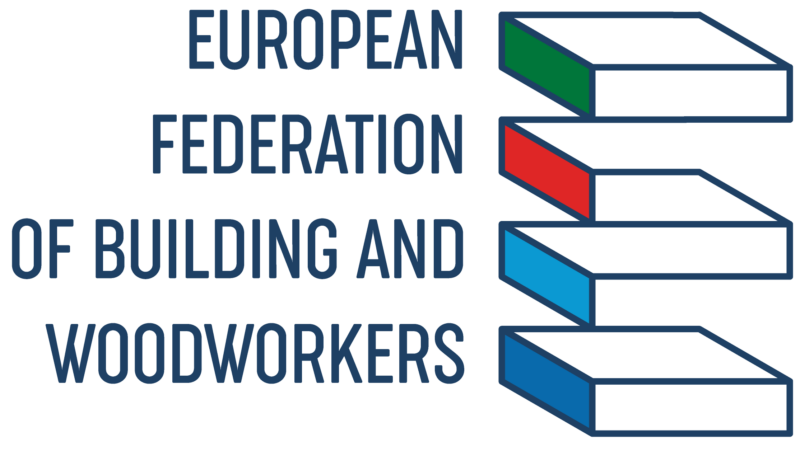Scaffold
Improving Training, Working Conditions,
and Transformation
in the European Scaffolding Sector
Recommendations
Clients:
EFBWW, European Federation of Building and Woodworkers
Brussels 2024
Published in Bulgarian, Danish, German, English, Spanish, French, Italian, Latvian, Dutch, Polish, Romanian
Design, layout
The SCAFFOLD project (Grant Agreement number 101051741) is co-funded by the European Union and is granted under the Social Prerogative and Specific Competencies Lines (SOCPL) funding.
The project aims to better understand developments and changes in the scaffolding sector and relevant framework conditions, with a focus on working conditions, vocational education and training, occupational safety and health, technological developments, and the status of social dialogue in the sector.
To this end, the project has included the elaboration of six country reports and an overall research report, based on the country reports. Against the lessons learnt from the research work, Policy Recommendations have been drafted, discussed in dedicated workshops, and revised. They are aimed at providing the basis for action of the EFBWW and its national member federations.

Scaffold
Improving Training, Working Conditions,
and Transformation in the European
Scaffolding Sector
Report
Clients:
EFBWW, European Federation of Building and Woodworkers
Brussels 2024

